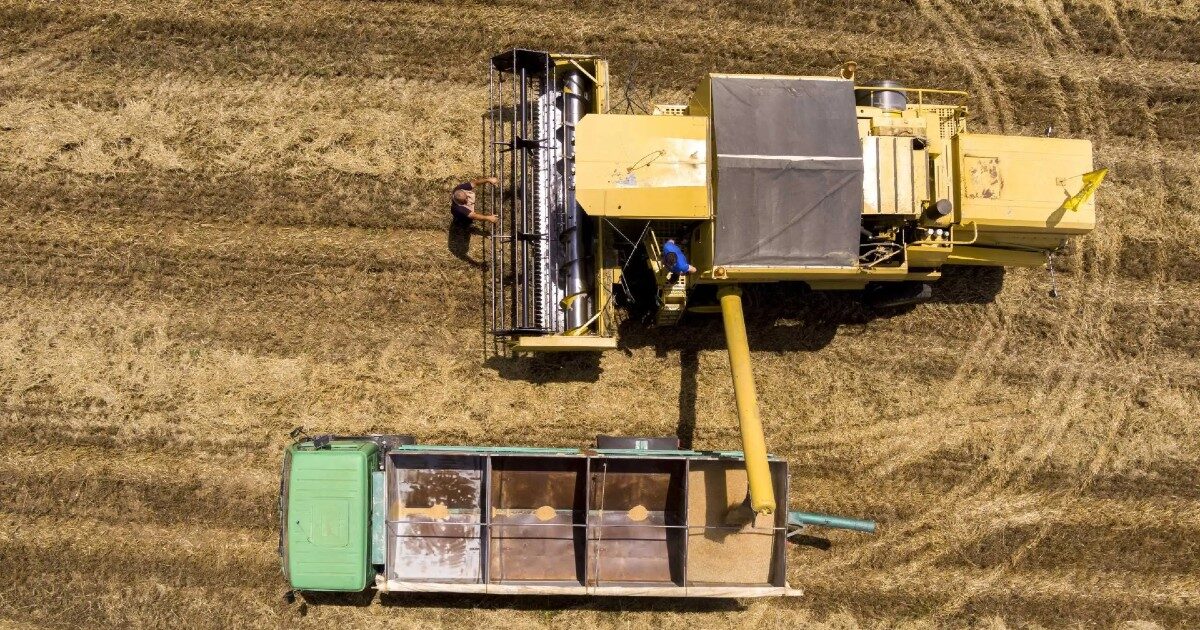Significant recovery was noted by the Greek Agricultural Market machinery In 2024, overturning the declining course of the two previous years and restoring moderate optimism to the industry.
According to official data from the Importers of Importers of Delegate Machinery (SEAM), tractor sales recorded an increase, reaching 2,840 points, from 1,670 in 2023, up 70%. These numbers reach the performance of 2020 and 2021, where sales amounted to 2,829 and 3,034 units respectively.
This positive development is attributed, according to market players, to targeted funding tools implemented, as well as the need to renew the aging mechanical equipment of Greek farmers. However, the upward trajectory may prove to be short -term.
As SEAM President Savvas Balouktsis told the Athens -Macedonian News Agency, the first estimates for 2025 are less optimistic. “The forecasts for the following year range between 1,700 and 1,800 tractors sold, as they are absent from subsidized support programs,” Mr Balouksis said.
Although in 2025 began with positive omen, as a 42% increase in sales in January, the trend was reversed in the coming months.
Specifically, in March there was a 9.3%decrease, with the result that the first quarter was closed with 649 sales, compared to 954 in 2024. It is stressed that the annual change remains positive (+9%), but it does not appear sufficient to reverse the overall slowdown voltage.
The aging of the fleet and the need to modernize
Despite the improved elements of 2024, the overall image of the Greek agricultural fleet remains alarming. The number of active tractors is estimated at 130,000 units, with an average age of 23 years, indicating significant aging and limited efficiency.
According to SEAM available data, only 28.8% of tractors are under 15 years of age, while 44.9% ranges between 26 and 40 years. In addition, about 2.2% exceeds 40 years. The age of machinery not only implies increased maintenance costs but also reduced energy efficiency, as well as environmental burdens due to high emissions.
Mr Balouktsis underlines the need for “a coordinated plan to modernize mechanical equipment in the primary sector” in order to enhance the competitiveness and viability of Greek agriculture.
Multiple levels are required to address structural problems. The first step is the fastest and most targeted utilization of European funds intended for agricultural annihilation.
“The need to create national programs withdrawal of old tractors is also imperative, with the aim of renewing the fleet with modern and environmentally efficient units,” Mr Balouktsis said.
Tax incentives, such as the ability to create tax -free reserves and increased depreciation for investment in new equipment, could also be an important tool. At the same time, the introduction of mandatory KTEO type technical controls could contribute to the safety and efficiency of the machinery, as well as to the withdrawal of units deemed inappropriate to use.
Despite international upheavals, the Greek market for agricultural machinery remains largely unaffected by external factors, such as US trade duties.
Finally, as the SEAM president told RES-EIA, “tractors are not subject to duties or other tax burdens, while the rate of imports from America is negligible-it does not exceed 1%.” The overwhelming majority of imported machinery come from the European Union, while significant quantities also reach the Far East, Turkey and India.
Source: RES-EIA
